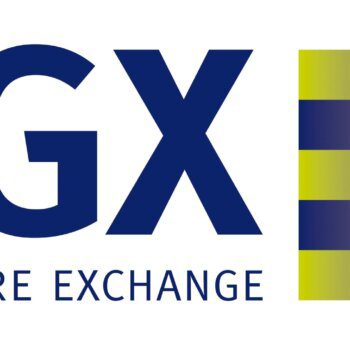The People’s Republic of China (PRC) has been liberalizing its financial system for nearly 4 decades. While it now has a comprehensive financial system with a large number of financial institutions and large financial assets, its financial policies are still highly repressive. These repressive financial policies are now a major hindrance to the PRC’s economic growth.
The PRC is at the beginning of a new wave of financial liberalization that is necessary for supporting the country’s strong economic growth. The country’s leaders have already unveiled a comprehensive program of financial reform, which includes 11 specific reform measures in three broad areas: creating a level-playing field (such as allowing private banks and developing inclusive finance), freeing the market mechanism (such as reforming interest rate and exchange rate regimes and achieving capital account convertibility), and improving regulation.
But could financial liberalization lead to a major financial crisis in the PRC? What would be the consequences for financial stability as the PRC moves to further liberalize its financial system? If the PRC repeats the painful experiences of Mexico, Indonesia, and Thailand, then it might not be able to achieve its original goal of overcoming the middle-income trap.
International experiences of financial liberalization, especially those of middle-income economies, should offer important lessons for the PRC. In our new research, based on cross-country data analysis, we find that financial liberalization, in general, reduces, not increases, financial instability. This powerful conclusion is valid whether financial instability is measured by crisis occurrence or by fragility indicators, such as impaired loans and net charge-offs. The only exception is that financial liberalization does not appear to significantly lower the probability of systemic banking crises, although it does lower the risk indicators for banks. These results have higher statistical significance and are greater in magnitude for the middle-income group than for the entire sample.
The insignificant impact on banking crises, however, should be interpreted with caution. One of the possible explanations is that under the repressed financial regime, the government supports banks with an implicit or explicit blanket guarantee. This reduces the probability of an explicit banking crisis, although the banking risks may be even greater because of the moral hazard problem. In fact, government protection of banks could also increase the probability of a sovereign debt crisis or even a currency crisis before financial liberalization.
If financial liberalization significantly reduces the likelihood of financial crises, especially in middle-income economies, then why did some middle-income economies experience financial crises following liberalization? We further investigate whether the pace of liberalization, the supervisory structure, and the institutional environment matter for outcomes of financial liberalization.
We obtain three main findings. First, an excessively rapid pace of financial liberalization may increase financial risks. The net impact on financial instability depends on the relative importance of the “liberalization effect” and the “pace effect.” In essence, what the “pace effect” captures could simply be the prerequisite conditions and reform sequencing that are well discussed in the literature. Second, the quality of institutions, such as investor protection and law and order, also matter. International experiences indicate that investor protection can significantly reduce the probability of financial crises. Third, the central bank’s participation in financial regulation is helpful for reducing financial risks during financial liberalization. This is probably because central banks always play central roles in financial liberalization, especially in the liberalization of interest rates, exchange rates, and the capital account. If a central bank is responsible for financial regulation, its liberalization policies might be more cautious and prudent.
Our research findings offer important policy implications for the PRC. (1) Further financial liberalization is necessary not only for sustaining strong economic growth but also for containing or reducing financial risks. (2) Gradual reform may still work better than the “big bang” approach, and sequencing is very important for avoiding the painful financial volatilities that many other middle-income countries have seen. (3) The government should also focus more on improving the quality of other institutions, especially market discipline, to contain financial risks. (4) It is better for the central bank to participate in financial regulation. The new regulatory system should focus exclusively on financial stability and shift from regulating institutions toward regulating functions. It should also become relatively independent to increase accountability.
________________________________________________________________
About the Author
This submitted article was written by of Asia Pathways, the blog of The Asian Development Bank Institute was established in 1997 in Tokyo, Japan, to help build capacity, skills, and knowledge related to poverty reduction and other areas that support long-term growth and competitiveness in developing economies in the Asia-Pacific region.





























